Black Norwegian Elkhound
The Black Norwegian Elkhound is a primitive, Spitz-type dog breed that originated in Norway at the beginning of the 19th century. It had many purposes, such as hunting, guarding, and herding. Its original name in their native language is Norsk Elghund Svart. They are created for the same purpose as the Grey Norwegian Elkhound.
The Black Norwegian Elkhound is a smaller and more agile breed that is a lot easier to spot in tall snow. These fearless little dogs specialized in hunting moose, elk, and even bear. This active dog breed will enjoy spending time outdoors, and if you are the type of person that likes the same stuff, this might be a breed for you.

Height:
17-19 in (43-49 cm)

Weight:
35–44 lb (16–20 kg)

Origin:
Norway

Life Expectancy:
12-15 years
Dog Breed Characteristics
General appearance
The characteristics of the good-looking Black Norwegian Elkhound are similar to those of its Grey Elkhound cousin. This is a Nordic dog breed, which means it has fox-like features. It has a square build and small, pointed, upright ears fully covered with fur to prevent frostbite.
Black Norwegian Elkhounds are medium-sized, strong, muscular dogs built for harsh working conditions. They are incredibly resilient and have a thick double coat. Their outer coat is longer and rougher, while their undercoat is thick, wooly, and close to their skin. Their undercoat is such a good insulator that these dogs love spending time outside, even in extremely low temperatures.
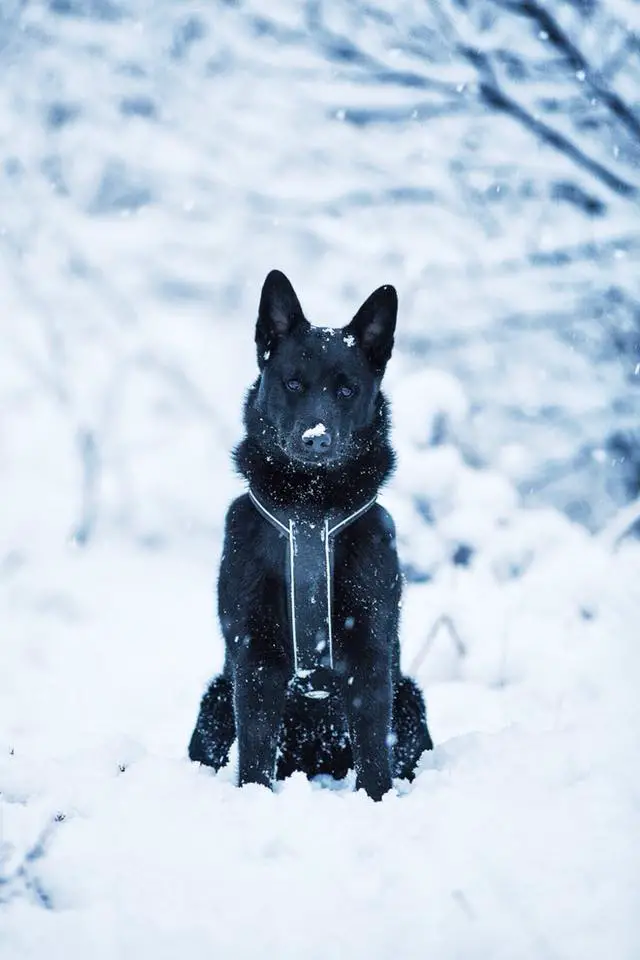
Care and grooming
Black Norwegian Elkhound dogs have thick coat that requires regular care to keep these dogs looking good. This dog breed sheds, and by regular brushing, you will keep the amount of hair under control.
Brush their teeth at least three times a week to prevent tartar buildup and infections. Ensure you use products made especially for dogs, as human products could potentially harm them. Trim their nails if they don’t wear them down naturally. A good indication is hearing them clicking on the floor while they walk.
Clean their ears and check for signs of redness or infections. Use a cotton cloth and never insert anything in their ear canal. You can always check with your vet about ear cleaners you should use and the proper technique.
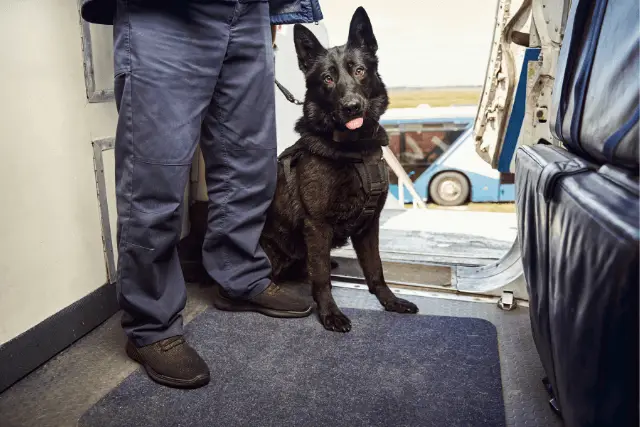
Breed temperament
This breed might be bred as a hunting breed, but it is also an excellent family companion. These dogs have loads of energy that need to be productively spent each day, so they will be happy to go on any kind of adventure with you. They have great stamina and can walk, jog, or run for miles and miles without getting tired or bored. Keep in mind that these dogs have a thick, double coat, so avoid doing too many activities during the warmer time of the day.
The Black Norwegian Elkhound is extraordinarily affectionate and full of love for its family. They naturally distrust strangers so they will make excellent watchdogs. They will promptly alert you about anything out of the ordinary. These dogs usually get along great with kids of their own family but are not the best choice for households with other, smaller pets.
Training and socialization
The Black Norwegian Elkhounds are a hunting breed that needs proper training and socialization as soon as possible. These dogs can quickly get distracted and start pursuing fast objects or animals. To prevent that, they need to be properly socialized and familiar with different situations.
Expose your Black Norwegian Elkhound puppy to different situations, objects, people, and other dogs as soon as possible. It is the only way to ensure your new puppy develops into a well-behaved and friendly dog.

No matter how well-trained your dog is, it might never be completely trusted around smaller animals. This breed has a strong prey drive and should always have supervision when interacting with other pets. When training them, use positive reinforcement methods, and pretty soon, you will see great results with your Black Norwegian Elkhound training efforts.
Exercise needs
It cannot be overstated how important it is to provide enough adequate exercise for these dogs. Black Norwegian Elkhound breed thrives outside and work hard, and they perform admirably even in the toughest of environments. If you don't want your dogs to roam, you should keep them on a leash. It's not uncommon for these dogs to grab a scent and follow it despite their owners telling them to return.
They thrive when given jobs, and they make fantastic competitors in the dog sporting community, excelling in sports such as agility, flyball, and tracking. Future owners should not deny their dogs the chance to compete in such various sports and activities they have a natural talent for.

Health problems
The Black Norwegian Elkhound is generally considered a healthy breed. Still, they are prone to certain health issues and concerns like any other dog breed. These dogs have an average lifespan of 12 - 15 years.
When getting any breed, the breeder must show you the health tests for their breeding dogs. Dogs must be adequately tested because taking a chance and hoping that the puppy’s parents are healthy is a risk no one should ever take. Only healthy dogs should be bred because that is the only way to ensure bloodlines remain healthy and without serious problems. Health problems associated with this breed are;
- Hypothyroidism - A health problem caused by the underproduction of hormones from the thyroid gland.
- Glaucoma
- Hip dysplasia - Genetic problem affecting hips resulting from an improperly formed hip joint.
- Progressive Retinal Atrophy - Group of diseases that affect the retina and cause it to deteriorate over time.
- Obesity - The Black Norwegian Elkhound is prone to gaining weight if not adequately exercised.
- Allergies - these dogs are prone to have allergic reactions to specific foods, products, or medications.
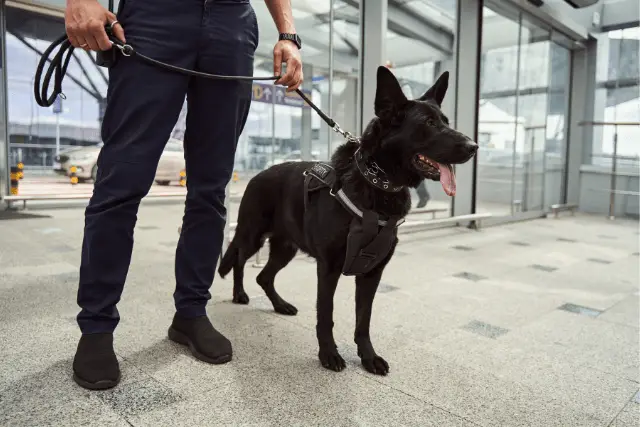
Breeders
This dog breed is not for everyone. We advise you to do your research before going after Black Norwegian Elkhound. You will need to dedicate your time and energy to training and socialization if you want to end up with a dog you can control. When you decide to search for Black Norwegian Elkhound breeders, always buy a dog from a responsible and official breeder.
By doing so, you can be sure that you will get the best possible dog because a good breeder takes good care of their breeding dogs and their puppies. If you have any questions or doubts, any good breeder will welcome your questions because they want their puppies to go into a good home.
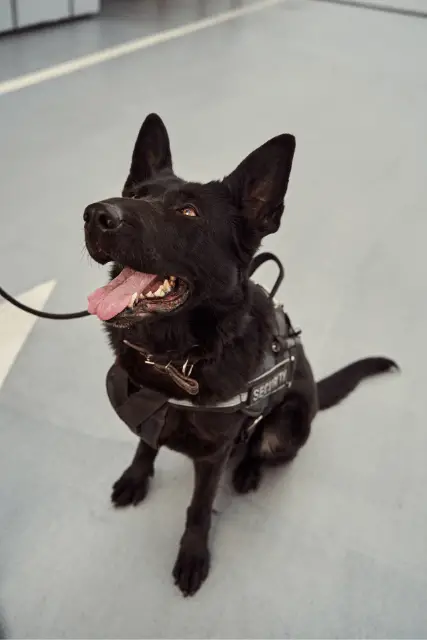
Black Norwegian Elkhounds are still considered rare, and if you are interested in getting one of these dogs, you must be prepared to be put on the waiting list.
World Dog Finder team

Updated at31.08.2023.
Breed History
The original Norwegian Elkhound is believed to have existed since the Stone Age, making it a truly ancient breed. These Elkhounds were kept as hunters and guard dogs, working alongside the Vikings. Their original use was to track various prey, big or small. They were used for hunting small Scandinavian rabbits but also the more impressive and huge moose. They are adapted for hunting both small and large game. Thanks to their exceptional sense of smell, they can track animals from up to a mile away. While they do not kill the prey, they will keep it from fleeing and bark to alert the hunter to its presence.
The dogs and their abilities are so highly valued that it is widely assumed that the Defense Minister of Norway has the authority to assemble all privately owned Elkhounds during times of war! If this is correct, it is unclear what they would be used for in modern warfare.
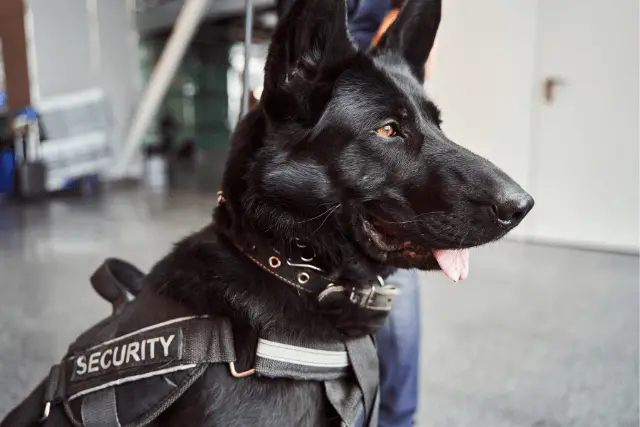
The black variant of the Norwegian Elkhound only appeared around 200 years ago, when a group of the original grey Norwegian Elkhound breeders began selectively breeding in favor of the black puppies that were occasionally produced. Although they were not initially recognized as a breed by the official registries, when breeding them, breeders put more emphasis on their ability and athleticism rather than their appearance – a fact that has undoubtedly benefited them in the long run. Their sense of smell, which they use to track their prey, is thought to be more acute than that of the grey Elkhound.
While they were eventually recognized as a breed in their own right, they never matched the popularity of the original Norwegian Elkhound. In fact, they would have gone extinct in the 1950s if it hadn't been for a small group of dedicated fanciers who were determined to keep the breed alive. Although they are not commonly seen outside of Norway, they do have a small following within the USA, with approximately 100 new puppies registered each year.
The name “Elkhound” is derived from a direct translation of the Norwegian for "moose dog" or "elg hund." They are classic Spitz-type dogs with thick coats, pointed ears, and muzzles, similar to the Akita or Swedish Lapphund. Spitz-type dogs are notoriously well-suited to easily withstand harsh climates. Plus, they are working breeds whose DNA code is similar to that of the mighty predator and the dog's ancestor - the wolf.
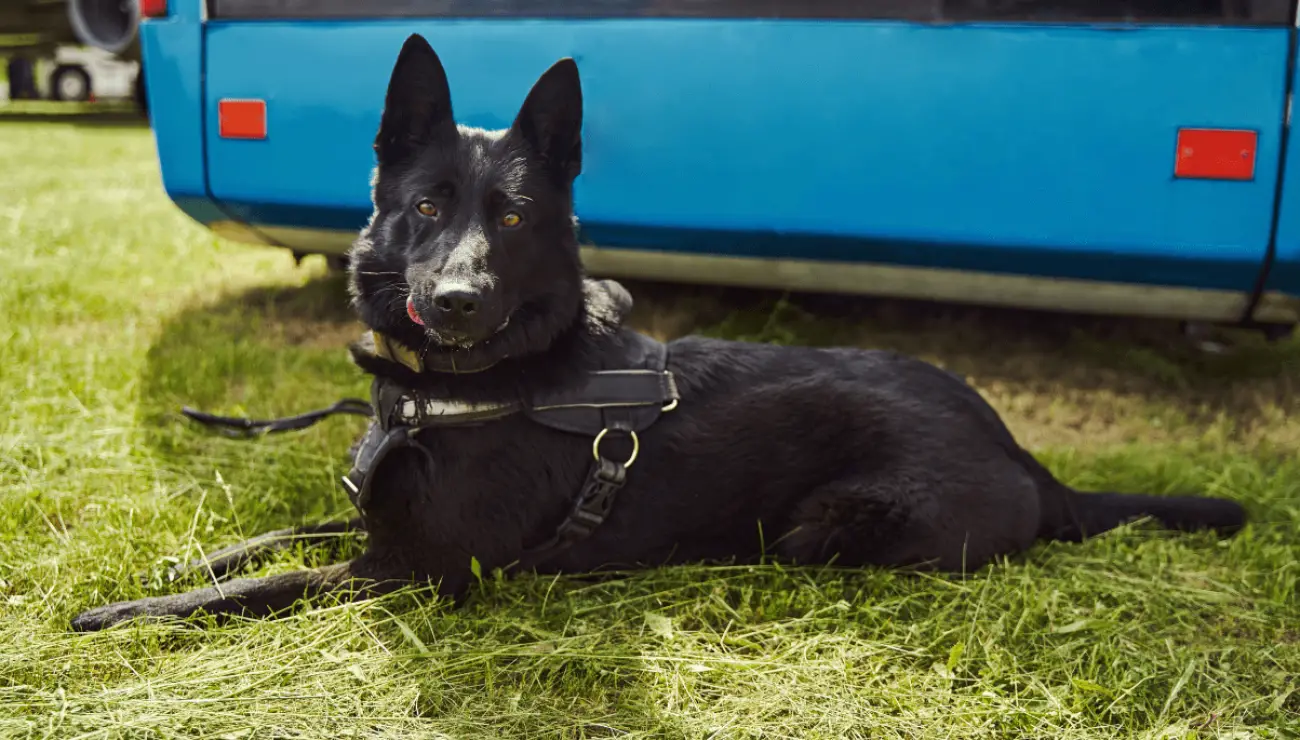
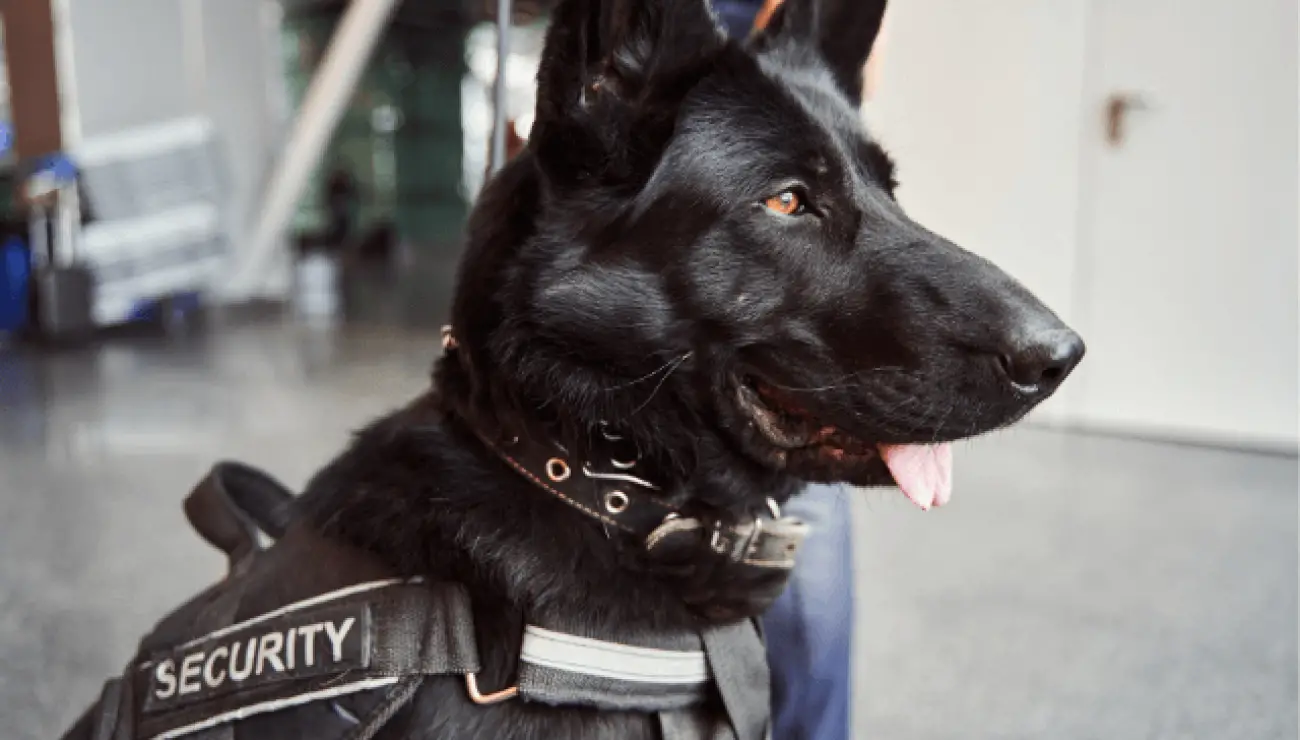
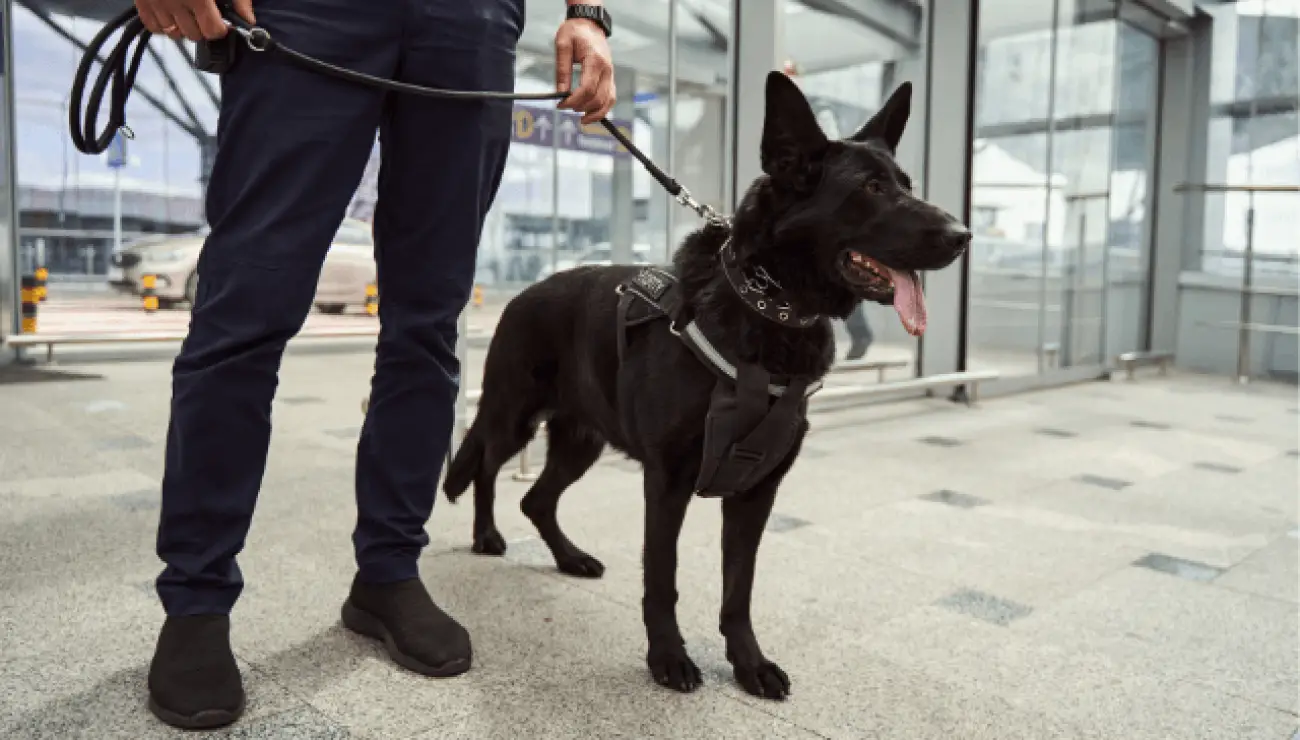
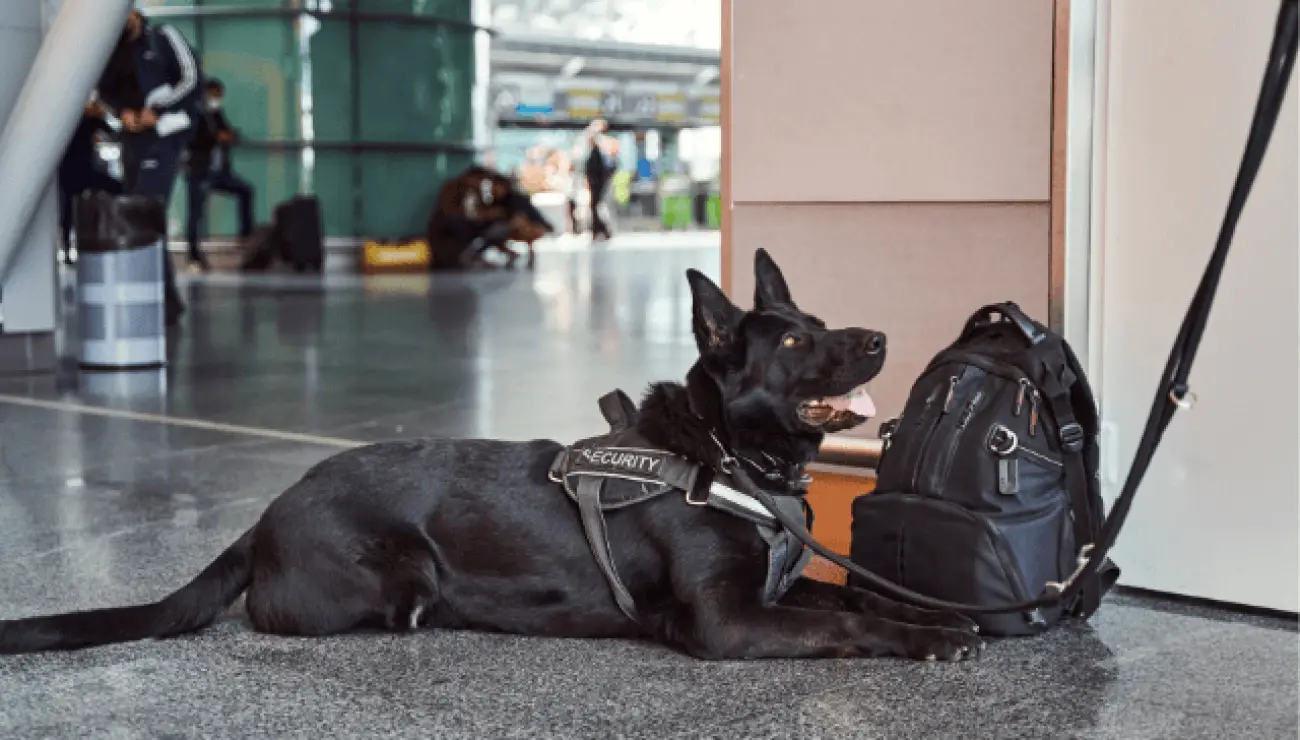
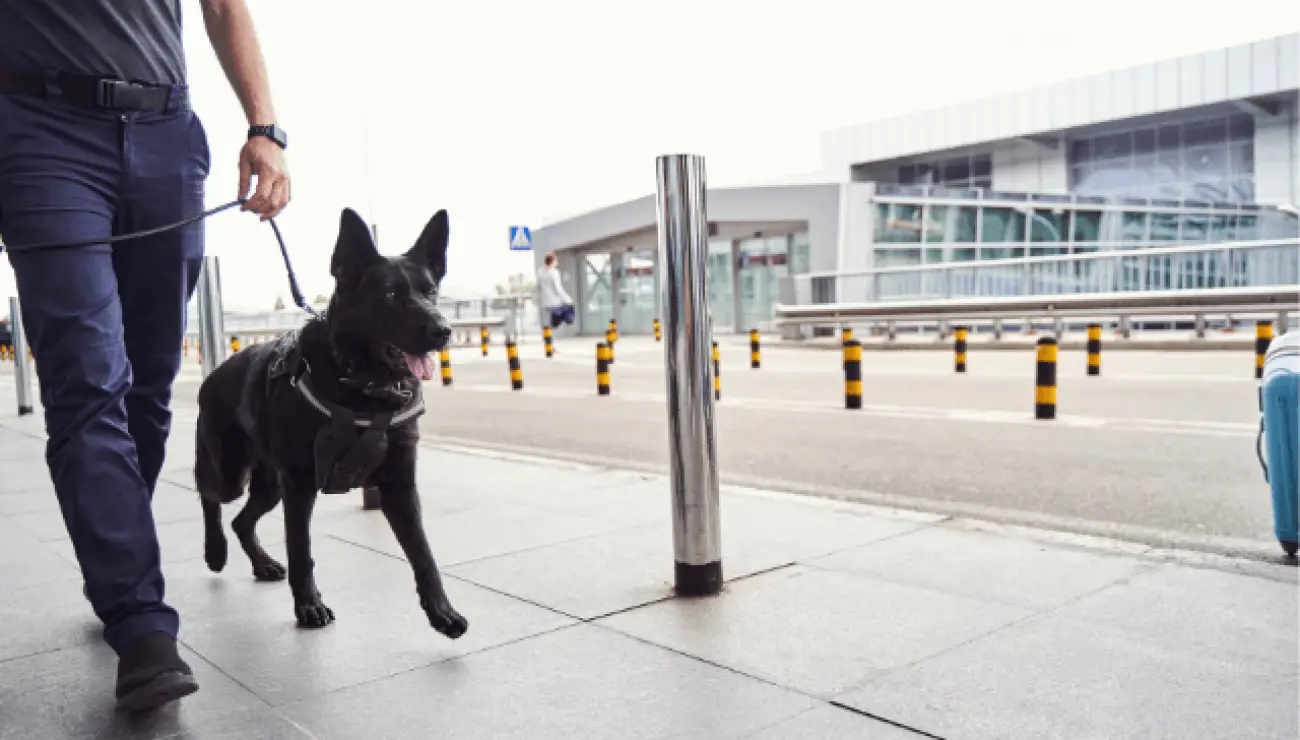
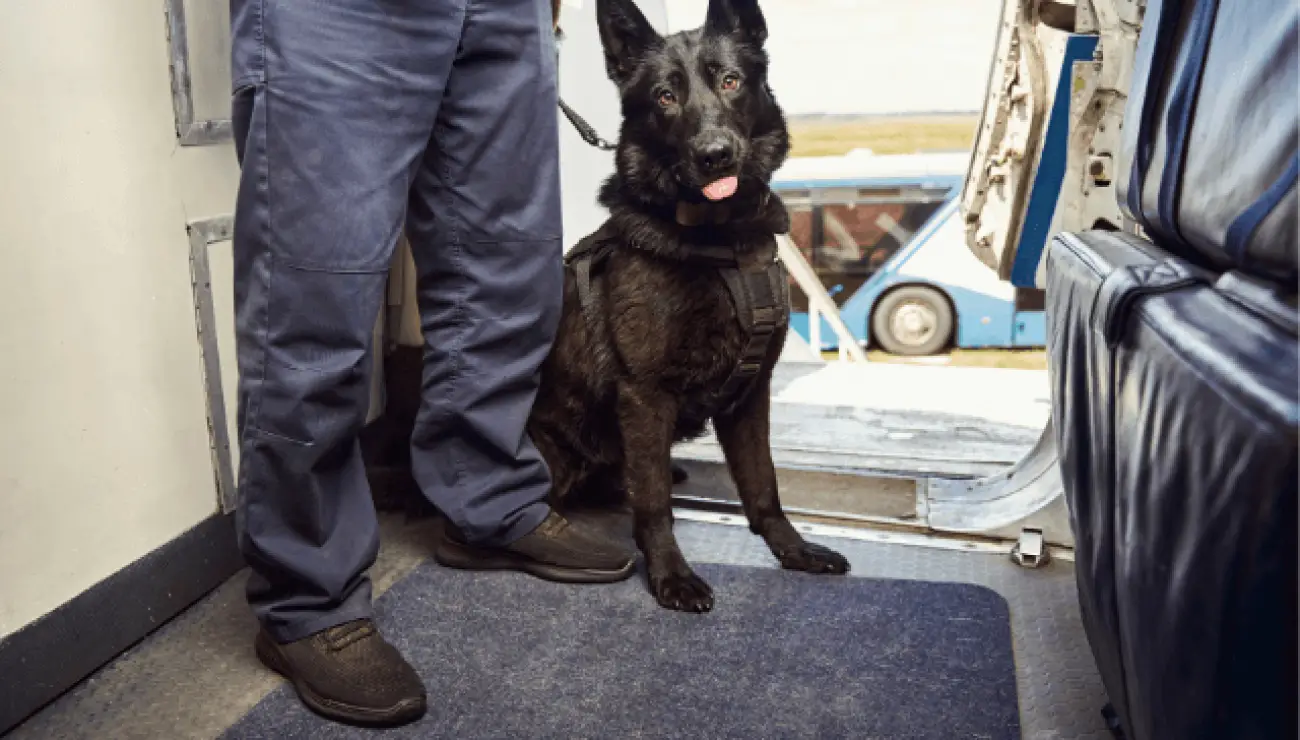
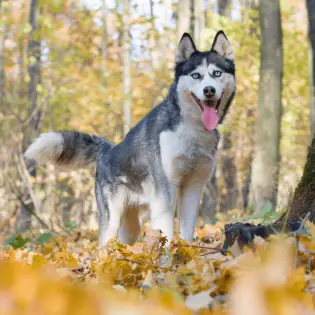
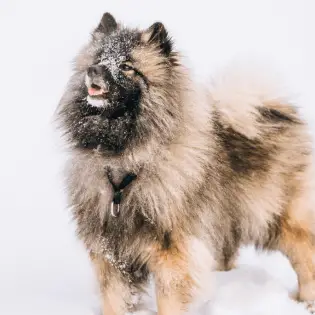
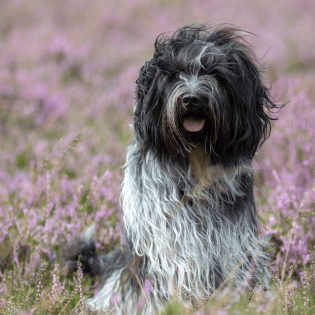
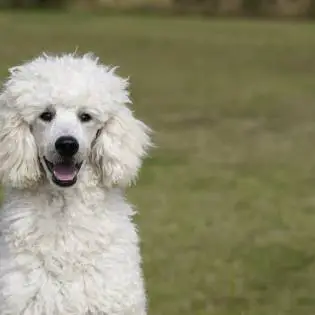
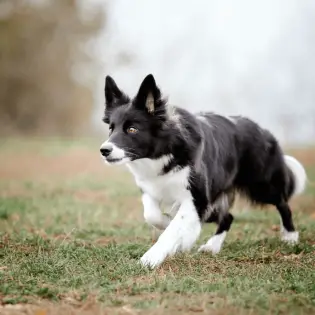
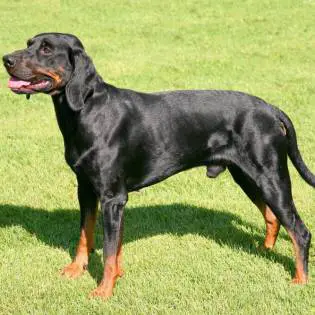
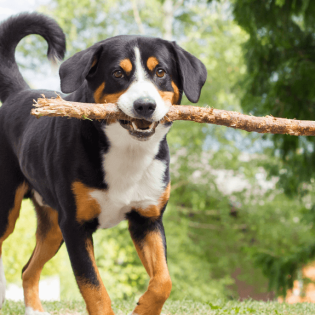
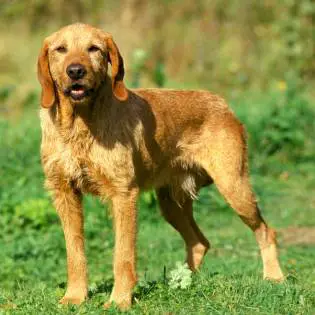
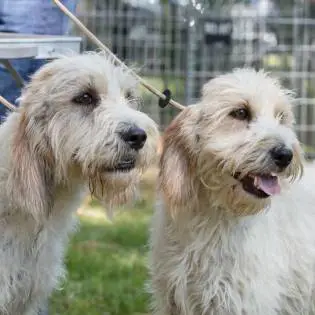
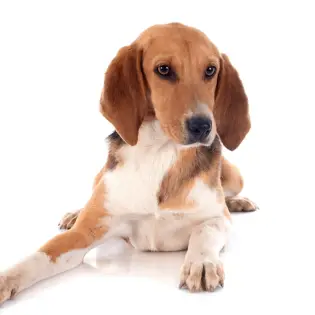

Share